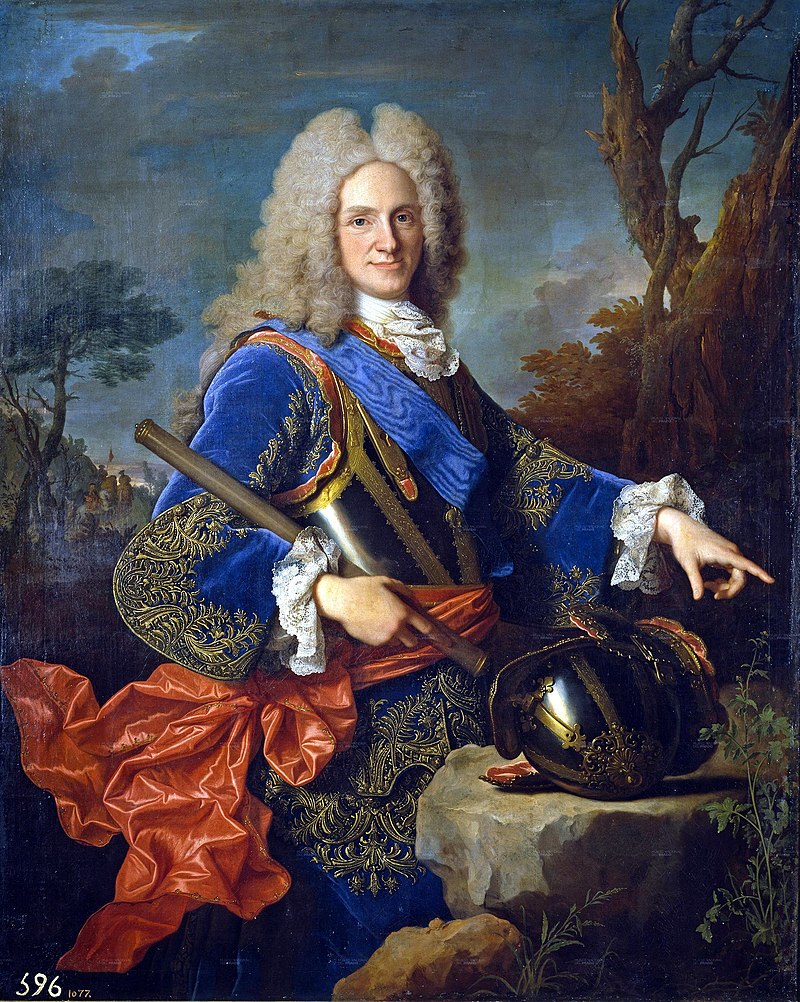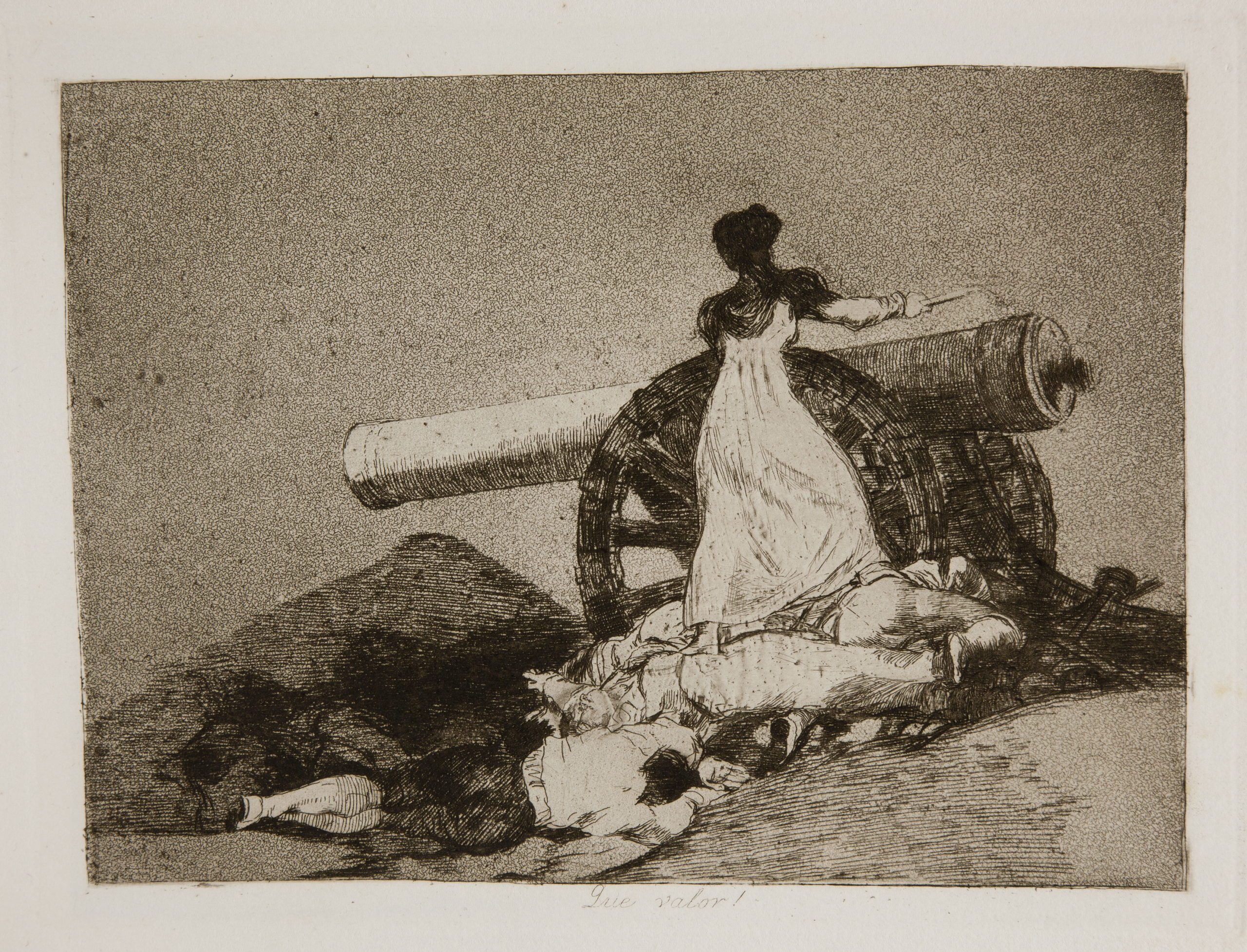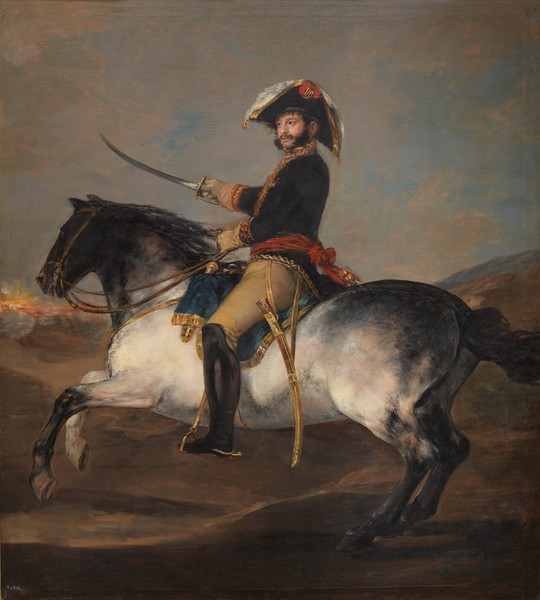The first article on the history of Aragon concluded with the marriage of Ferdinand II and Isabella I of Castile, a dynastic union between the most powerful territories of the Iberian Peninsula that will lay the foundations for the future Kingdom of Spain. Beyond the implications on the world map that the development of the new State will entail, as with the conquest of America or its expansion in Europe and other territories of the world, the Kingdom of Aragon will be integrated into this new configuration as a subject, in the first instance, still with its own entity and, once the Bourbon dynasty arrives, stripped of its Cortes and autonomy.
Thus, while under the Catholic Monarchs both Castile and Aragon maintained their Cortes and their self-government, after the entry of the Hadsburgs, the Crown of Aragon began to lose weight in the vast empire to be managed by the Habsburgs. For this new house, making progress with the Aragonese pact and foral system meant “a lot of effort in exchange for very little”, as the historian and creator of the ‘startup’ Historia de Aragón Sergio Martínez Gil explains.

As an example of this gradual loss of influence and autonomy, Martínez Gil explains that, if with Charles I the Cortes of Aragon were convened up to seven times, in the period from the reign of Philip II to the reign of Philip V, about 150 years, they were convened eight times.
And, once the first Bourbon came to the Spanish throne, Philip of Anjou, in 1700, Aragon was one of the areas most punished by the right of conquest of the new king after the war of succession. The application of the Nueva Planta Decrees meant that the Aragonese territory was already governed from the Council of Castile and with Castilian laws.
Aragon, without a crown
“The most obvious thing is that it disappears institutionally as a kingdom”, says Daniel Aquillué, PhD in History, about the beginning of the 18th century for Aragon; although he qualifies: “That does not mean that it disappears as an important territory in the new Bourbon monarchy, which also has many continuities with the previous reign of Charles II of Hapsburg”.
“Although the Cortes of Aragon disappear, most of the cities and towns that had representation and vote will become part of the Cortes of Castile,” he explains about this new scenario.
In that century, Aragon will experience an economic development and will be the origin of enlightened as the naturalist and precursor of the theories of Charles Darwin Félix de Azara or pedagogue Josefa Amar y Borbón, who will be part of the Economic Society of Friends of the Country and will focus its attention on the education of girls and women. Also, of the character of Renaissance spirit, since he “touches all branches of knowledge”, Ignacio Jordán de Asso.
“And, politically, the Count of Aranda, who will be one of the most important enlightened of the court,” adds Aquillué, in a list that also includes figures such as Ramón Pignatelli or, of course, and in the branch of the arts, Francisco de Goya.
War of Independence: Symbol of resistance
The arrival of the 19th century will mean, once again, a convulsive start to the new century for Aragon. In this case, due to the Napoleonic invasion, which would turn its territory into a battle front and, later, into an icon of resistance. Circumstances for which it will also appeal to its original institutions.
Because, in the face of the French aggression and the power vacuum that existed in 1808, General José de Palafox, “to legitimize hiself in power and take Aragon to war, convened the Cortes”. On this issue, he emphasizes: “It was almost a century ago that the Cortes and the Kingdom of Aragon had disappeared institutionally, but in the mentality and culture they are very present, both in the people and in the elites”.

Thus, Zaragoza, as a symbol of the resistance with the Sieges, but also the rest of Aragon, remained loyal to Ferdinand VII, not forgetting also cases of Frenchified people who supported the foreign influence.
In the Aragonese map, there are war milestones such as the Siege of Mequinenza and the appearance of figures such as Pedro Villacampa, in Teruel, Anselmo Alegre, known as El Cantarero, in Monzón, or Felipe Perena, in Alto Aragón. “The war of independence in Aragon is much more than the sieges of Zaragoza, which are an icon and a flag of resistance,” Aquillué concludes.
However, it is also true that those symbolic Sieges of Zaragoza become “a Spanish national myth” and in Europe. Something that highlights, for example, that in the United Kingdom the first book about this event was published the following year, in 1809, that in New York a song in honor of General Palafox appeared or that in Warsaw this struggle on the banks of the Ebro became an example of resistance to tyranny and urban combat in the nineteenth and twentieth centuries.
Aragon, land of the Enlightened (and absolutists)
During the war, and at the political level, there are also Aragonese committed in the same Cortes de Cadiz, chaired by Vicente Pascual from Teruel when ‘la Pepa’, the Spanish Constitution of 1812, was approved. Also, “one of the most important liberal deputies was Isidoro de Antillón, an enlightened geographer -again, from Teruel- with very advanced speeches, for example, against slavery”, says the historian about this Aragonese figure who died in 1814, captured by Ferdinand VII.

However, the new monarch also resorted to an Aragonese when he saw that the State was immersed in economic bankruptcy. He appointed Martín de Garay, born by circumstance in El Puerto de Santa María (Cádiz), but with origins in La Almunia de Doña Godina, as Minister of Finance. However, he would retire to the town of Zaragoza after resigning the position offered to him by Ferdinand VII.
Already in the 1820s, with the liberal triennium, the revolutionary junta formed in Zaragoza would gain importance, as would personalities such as Juan Romero Alpuente, again from Teruel, “known as the Spanish Robespierre”. There will also be an Aragonese presence on the absolutist side, with figures such as Luis de Palafox, older brother of the famous general, and Gabriela de Palafox, “who will be at the center of the conspiracy to restore Ferdinand VII as absolute king, which they achieve in 1823,” the expert points out.
And, in this context of the creation of modern nation-states, the regionalism that emerged in the 19th century is one of the elements that builds it. It does so as a manifestation of Spanishness insofar as it belongs to a territory and there are singular expressions that can be imbricated in the patriotic group. “In the case of Aragon, the liberals also affirm that one of the first martyrs of Spanish freedom is Juan de Lanuza”, the Justice of Aragon beheaded by Philip II in 1591.
New conflicts, old battlefronts: the Carlist Wars
That convulsive 19th century will find a new conflict with the Carlist Wars, which, of course, placed Aragon in the theater of operations. “It seems that every time there is a civil war, whether it is the war of succession in the 18th century, the war of independence, the Carlist wars or the one in the 20th century, Aragon is split in two”, says the historian.
Thus, during the Carlist wars, both from 1833 to 1840 and from 1872 to 1876, the Ebro Valley, the Hoya de Huesca and Alto Aragón will maintain a “more liberal, progressive or even republican” tendency. On the other side, Maestrazgo, Bajo Aragón and Tauste were reactionary or even counterrevolutionary centers.
Among the Carlists, figures such as Manuel Carnicer or Joaquín Quílez stand out. Also outstanding will be Ramón Cabrera, the Tiger of Maestrazgo, who will become “almost viceroy of the Carlist Aragon with headquarters in Cantavieja” and who “will terrorize the revolutionary and liberal Zaragoza with his 4,000 militiamen”, Aquillué affirms.
Proof of the Aragonese involvement in the first Carlist conflict is that it was the scene of three of the “bloodiest” battles, that of Huesca, on May 24, 1837, that of Barbastro, on June 2, 1837, and that of Villar de los Navarros, on August 24, 1837; “all three, Carlist victories,” says the historian.
There will also be other battles such as the battle of Maella, in 1838, or that of March 5 of the same year in Zaragoza, won by the liberals and which “became a milestone” that is still being celebrated in the city.
A dynamic society
The 19th century advanced and, at the same time, so did Aragon, whose society was one of the “most dynamic in the country” as a result of the installation of important industries such as the beet industry and the proletarianization of the popular classes.
“There will be a mass that will become proletarianized and will converge in a city that, despite being very damaged and with very little population after the war of independence, will grow in the 19th century to 150,000 inhabitants, absorbing population from the rest of Aragon, as it happens today,” the expert points out.
The new Aragon will also be influenced by the provincial division of 1833, which is still in force today, and by the establishment of state institutions in the provincial capitals or educational centers such as secondary schools. In this context, “the bourgeoisie will be on the rise”, so that it will displace and establish relations with the old aristocracy.

This new social magma will also lead to a polarization derived from economic inequality. “The craftsmen who came from the Ancien Régime lost some of the privileges they had and ended up proletarianized,” Aquillué explains, while “new rich people who took over land confiscated from the Church, a new landed bourgeoisie” and “women changed their status in the new bourgeois society” appeared.
Also original from this period is the rise of Pilarism and, in more hedonistic areas, the creation of gastronomic delicacies that today continue to occupy privileged spaces in the pastry shops, such as the Russian cake from Huesca.
In that period also stand out exhibitions such as the Aragonese Exhibition of 1868, which reflects the industrial and technological development of the territory, and the Hispano-French Exhibition of 1908, promoted by the businessman Basilio Paraíso, which became “a total success”.
New times, industry and workers’ movements
In this period a strong workers’ movement also crystallized in Aragon and, already in the revolutionary six-year period (1868-1874), envoys from the Socialist International arrived in the Aragonese capital. “But in Aragon will be very important, specifically in Zaragoza, the CNT, which was founded in 1910; in fact where it will have more weight in Spain is in Barcelona and in the Aragonese capital,” says Aquillué, who notes that this city will be one of those that will add more strikes in the country in the period between 1910 and 1923.
A few decades earlier, at the end of the 19th century, the influence of the Disaster of ’98 had a double impact on Aragon. “One, economic, which was very good, tremendously good,” emphasizes the historian. It was a consequence of the loss of Cuba, which led to a change from the sugar cane industry to the beet industry, which implied the industrialization of the Ebro valley. However, the second impact, the intellectual one, found in figures such as Joaquín Costa, from Montson, the reflection of the pessimism derived from the events of 1898.
In the first third of the 20th century, says the expert, Aragon will suffer during the dictatorship of Miguel Primo de Rivera certain repression towards its symbols and singular ways, a tactic that will be replicated by Franco’s regime shortly after. But, before that, the Second Republic found total support in the three Aragonese capitals, since the Republican candidacies “swept away the monarchists” and the proclamation of the Republic, on April 14, was celebrated “as a party”.
Aragon splits in two: civil war
And, once again, in the face of the great national conflict that was the civil war, Aragon was “split in two” from north to south. On the western side, the rebel side, “repression began immediately”, while on the eastern side, the Republican side, “the State collapsed” and “anticlerical violence also began, with special emphasis on Barbastro”.
In this war period, the creation of the Regional Defense Council of Aragon also stands out, with its capital first in Fraga and later in Caspe. This was, in Aquillué’s opinion, a “very singular” event, since never before had such an experiment of anarchist state been developed.
Once again, and as it happened in other conflicts, in the civil war Aragon will again be the scene of great battles such as Belchite, Teruel, an example of “total war”, or the decisive battle of the Ebro.
Francoism, Transition and democracy
The victory of the rebel side and the post-war period will develop in Aragon with important manifestations such as that represented by the maquis, that continuation of the war in an irregular way, which will have an impact especially in the province of Teruel.
About a decade later, in the 50s, Zaragoza will be chosen as one of the poles of development of the country, which will also result in a new depopulation of rural Aragon, which will make its exodus to the capital, in this case, “almost” definitively.
In the aftermath of Franco’s regime, opposition movements also developed in Aragon, such as the student, trade union and neighborhood movements. Signs of times that will have as next stop the Transition, the arrival of democracy and the approval of the Constitution in 1978.
In this context, and with the new political system, Aragon will access its new Statute of Autonomy slowly, in 1982. These new institutions and models of government are still in force more than 40 years later.















